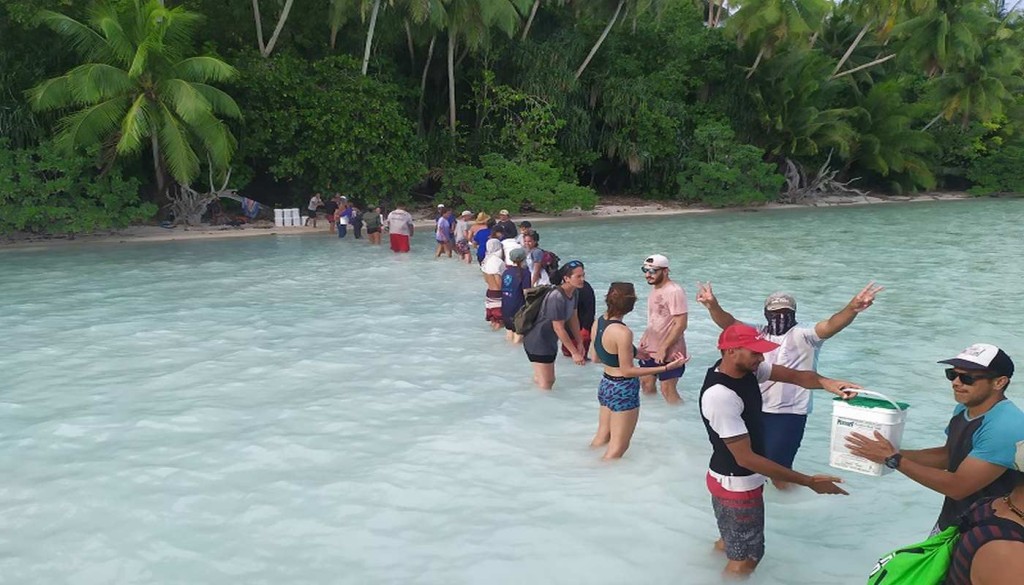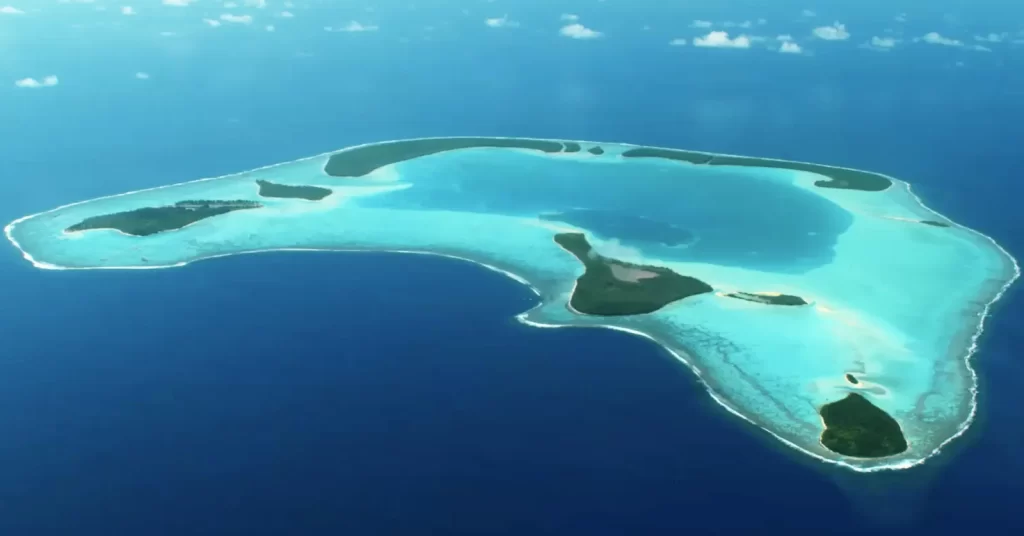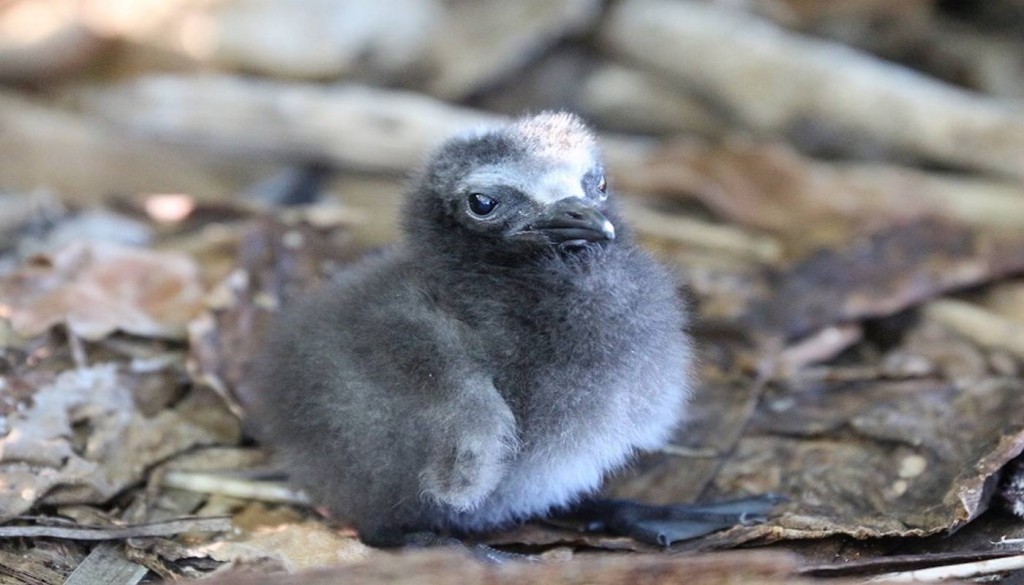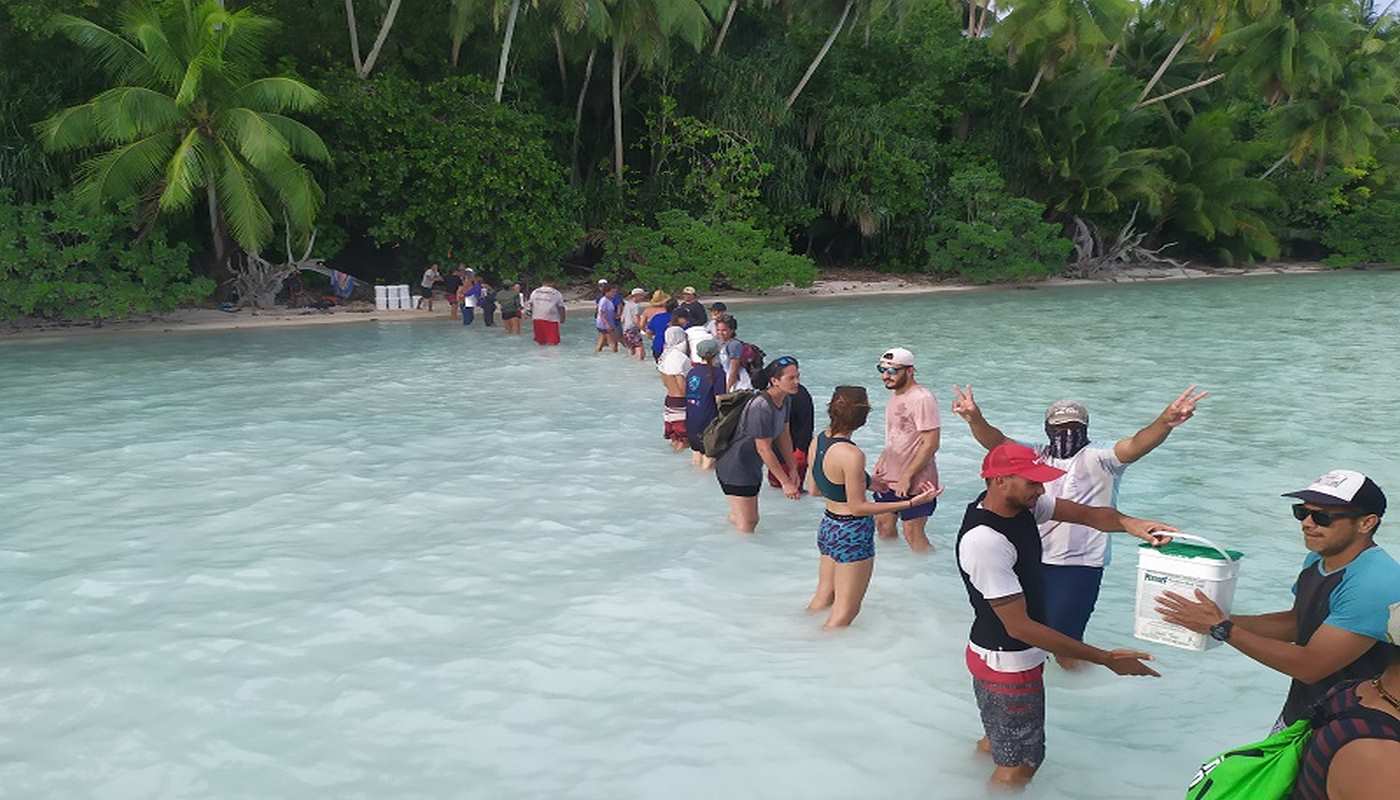
After more than three years of work, the Tetiaroa Atoll has been declared rat-free following a massive effort to poison off two invasive species devastating the ecosystem.
The mission required the cutting of some 160 miles of trails across 1,250 acres of tropical atoll forest, and a team that were willing to suffer the bugs, humidity, rats, and days without showers.
Tetiaroa Atoll is as paradisiacal a tropical island as anyone could imagine. It was bought by actor Marlon Brando on a 99-year lease, and is home to one of the world’s most expensive island resorts.
It is also the home—or was the home, of two species of introduced rat, the black rat and the Polynesian rat, both of which wrecked havoc on the local ecosystem of nesting sea turtles, skittish ghost and coconut crabs, and dozens of sea birds like the blue and red-footed boobies.
After three years of work and research in the field, the summer of 2022 saw the NGO Island Conservation initiate an operation to eradicate all the rats from all 12 islands in the atoll, in collaboration with the luxury hotel Le Brando and the non-profit organization non-profit Tetiaroa Society.
More than 60 staff and volunteers set out to open more than 160 miles (260 kilometers) of paths in the vegetation in order to spread rat poison across around 1,250 acres (520 hectares).
“It is the largest operation of its kind carried out by hand in the world,” Richard Griffiths, chief operating officer of Island Conservation, said in a statement. “Usually, surfaces of this size are treated from the air with helicopters and drones. But for technical and Covid-related reasons, we decided to do it manually.”


The successful project will provide a massive boost for seabird populations and other “connecting” species that link island and marine ecosystems. With time, the flourishing island could become a safe haven for critically endangered species such as the Polynesian Ground Dove and the Tuamotu Sandpiper, and the concurrent marine benefits will lead to recovered coral reefs and thriving marine life.
The connecting mainly occurs from the nutrients deposited into the sea by a diverse panoply of seabird species, which had declined dramatically under the rat occupation. More nutrients means heathier zooplankton and phytoplankton, and coral reefs. These in turn mean larger small fish populations, and those of large predators like devil rays.
“I’m very proud of the team,” Baudouin des Monstiers, project manager for the rat eradication program, told Mongabay, reporting on the gritty work on the island of Tiaraunu.
“[Of the rats] they’d get in the tents, climbing around along with the land crabs. Some rats ate my plastic shoes, and ate through Tupperware to try and get to our food. We also had one guy we had to evacuate by boat. He had chills and fever,” said des Monstiers.
Introduced animals like the black rat are huge dangers to island ecosystems, but islands in general are some of the finest conservation success stories in terms of these eradications taking place around the world.
KEEP READING: Island Overrun With Rats Completely Recovers in Only 11 Years After Ecosystem Had Been Decimated
In 2021, GNN reported that invasive rats on two of the Galapagos Islands were successfully eradicated. In May of this year, Lord Howe Island off the coast of Australia was declared rat free, and in summer, news that Macquarie Island, which had a rat and rabbit problem, was finally recovering after a successful eradication program there.
SHARE This Great Island Recovery Story On Social Media…




















